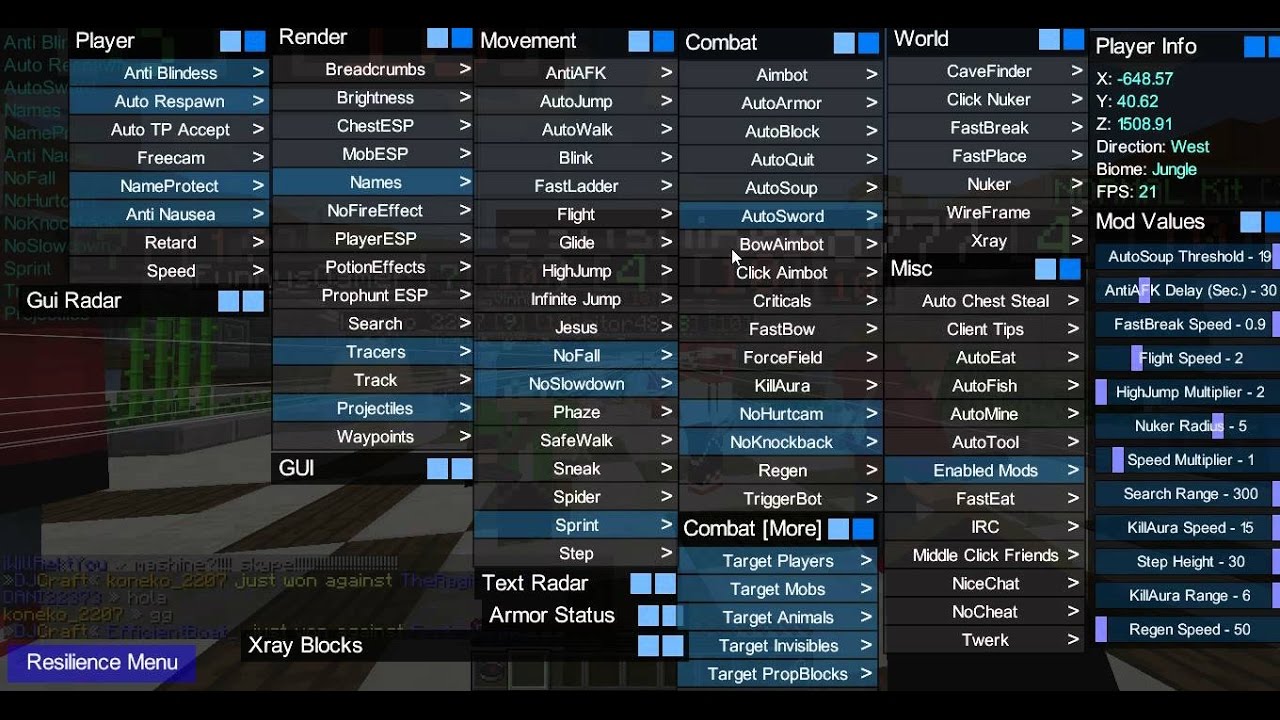

This defocus gives a reduction of the demonstrative function in favour of a more prepositional one. The demonstrative is consequently defocused in the position preceding the noun. In this paper I will demonstrate that the locative demonstrative following the locative noun is the marked word order and I hypothesize that this is the natural focus position of the locative demonstrative.

Corpus research presented in this study shows that the locative demonstratives precede the locative noun that they determine much more frequently than follow, contrary to what is claimed in the literature. The main focus of the paper is the word order of these demonstratives in adnominal constructions. It also subverts the hegemonic position occupied by foreign music in the minds of postcolonial Tanzanians.This paper analyses the demonstratives of noun classes 16–18, the locative demonstratives, in Swahili. And focussing on the politics of music hybridity, the article shows that music hybrids subvert both the nativistic efforts to do away with ‘foreign music’-which Western, Congolese and South African music. The article argues that it is through these transformations or reconfigurations that the travelling sounds from other cultures are able to enter into the culture of Muziki wa Injili. In this process the travelling sounds are transformed as they encounter other sounds commonly used in the new music culture.

It shows that music hybridization in Muziki wa Injili takes place when musical sounds from one music culture travel through a number of cultural frontiers including temporal, spatial and genre-defined frontiers and enter into another music culture. This article examines the practice and politics of music hybridization in Muziki wa Injili (Gospel Music) in Dar es Salaam, Tanzania. A close reading of selected songs reveals that individuals' experiences of gender problems are shaped by gendered mental space, which is informed by religious and other cultural norms. Third, I discuss the prominence of women musicians in popular church music in recent years and the way in which this prominence has increased the focus on women's issues in the music. The dynamics in this space involve the interaction between local and global music aesthetics. Second, I point out that the practice of African nationalism in this music has been aiming at liberating the national mental space through the use of traditional music materials and by addressing various national issues. First, I discuss how the use of this music in religious spaces and the changes that have taken place in aspects of the music have been controversial, and I argue that the changes in the music led to changes in people's inner experiences of Christian spirituality. In part two, I use the theory of spatial trialectics to examine how popular church music is related to religious, national and gendered spaces. Likewise, the structural organization of the music and various musical elements imprint musical works and give them their identities thus causing them to be associated with other works that are organized in more or less similar ways.

Various processes in the making of popular church music and various people involved in the creation of this music are considered to serve as stamps that mark the metamorphosis of the music. Using selected stamps in the history of Tanzania from the 1980s to 2005, I discuss, on the one hand, how temporal events shaped various aspects of the music and people's experiences of the music and, on the other hand, how the music influenced people's experiences of various events and temporal rhythms. In part one, I argue that temporal change is experienced by human beings in relation to events or "stamps". It is concerned with popular church music (Muziki wa Injili) in Dar es Salaam and with changes in this music in relation to the concepts of temporality and spatiality. This is a PhD Thesis completed at the University of KwaZulu-Natal, South Africa in 2006.


 0 kommentar(er)
0 kommentar(er)
